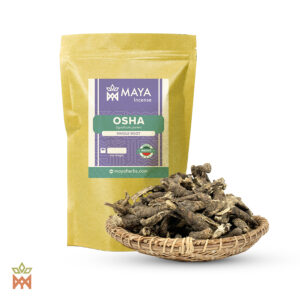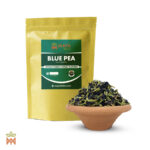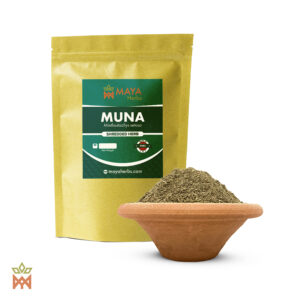Introducing Blue Pea (Clitoria Ternatea) whole Flowers from Thailand!
Blue Pea, scientifically known as Clitoria ternatea, is a stunning botanical gem native to tropical regions of Asia, including India, Malaysia, and Thailand. Renowned for its mesmerizing blue flowers and wide-ranging medicinal properties, Blue Pea holds a prominent place in traditional medicine, culinary arts, and cultural practices across diverse cultures.
Botanical Information
Clitoria ternatea is a perennial climbing vine belonging to the Fabaceae family. It is characterized by its vibrant blue flowers, which range in color from light blue to deep indigo, and its distinctive leaflets. The plant thrives in warm, humid climates and is often cultivated for its ornamental beauty as well as its medicinal and culinary uses. Blue Pea is known for its resilience and adaptability, making it a popular choice for home gardens and landscaping projects.
Uses: Blue Pea has a wide range of traditional uses, spanning from medicinal remedies to culinary delights. Some of the notable uses of Blue Pea include:
-
Medicinal Uses:
- Blue Pea has been used traditionally in Ayurvedic and traditional Chinese medicine for its medicinal properties. It is believed to possess antioxidant, anti-inflammatory, and neuroprotective effects, making it valuable for promoting overall health and well-being.
- Blue Pea is used to support cognitive function, reduce stress and anxiety, improve digestion, and enhance skin health. It is also believed to have anti-diabetic properties and may help regulate blood sugar levels.
-
Culinary Uses:
- Blue Pea flowers are prized for their striking color and are used as a natural food coloring in culinary applications. The flowers can be steeped in hot water to create a vibrant blue tea, which is often enjoyed on its own or mixed with other ingredients to create colorful beverages and desserts.
- Blue Pea flowers are also used to add visual appeal to various dishes, including rice dishes, salads, cocktails, and desserts. The flowers are prized for their delicate flavor and subtle sweetness, which complements a wide range of culinary creations.
Where Its Names Come From
The common name “Blue Pea” is derived from the plant’s blue-colored flowers, which resemble the petals of a pea flower. The scientific name “Clitoria ternatea” is derived from the Latin word “clitoris,” referring to the shape of the plant’s flowers, which are said to resemble the female genitalia. The species name “ternatea” refers to Ternate, an island in Indonesia where the plant was first documented by European explorers.
History
Blue Pea has a rich history of use dating back centuries, with records of its medicinal and culinary uses found in ancient texts and historical documents. In Ayurvedic medicine, Blue Pea has been revered as a sacred plant with various therapeutic properties, including its ability to promote vitality, longevity, and mental clarity. Throughout history, Blue Pea has been valued for its ornamental beauty, medicinal benefits, and culinary versatility, making it a cherished botanical treasure with a timeless legacy.







